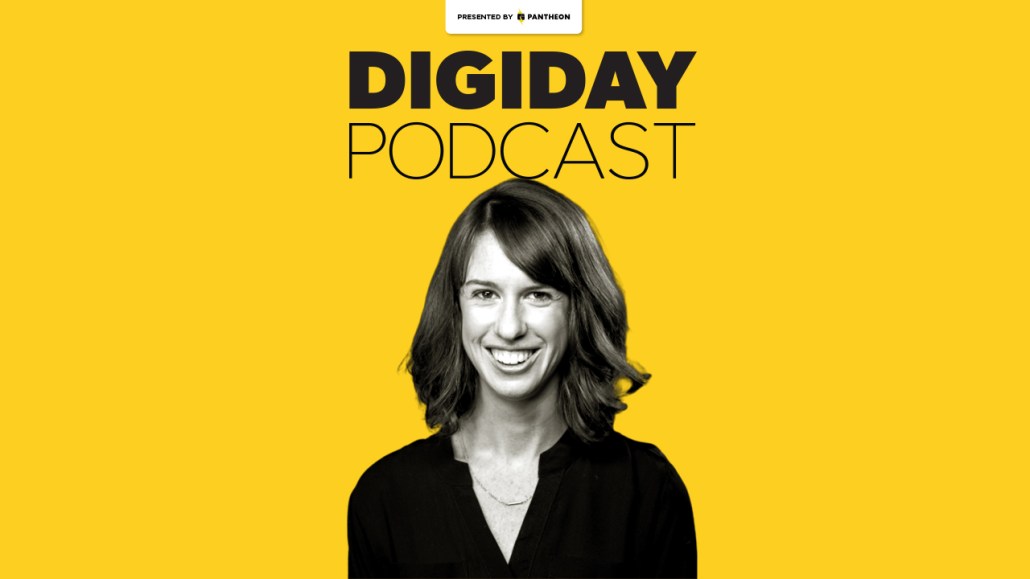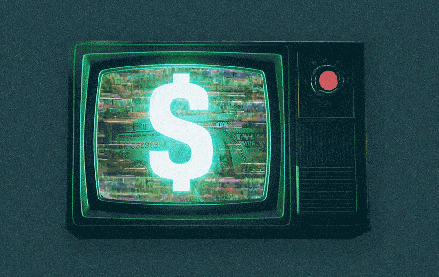Great Big Story’s Courtney Coupe: ‘It’s not about bulk and driving as many eyeballs as possible’

Subscribe: iTunes | Spotify | Google Play | Stitcher | Anchor
In 2015, CNN launched Great Big Story — a video-first media company that produces inspirational micro-documentaries. For its first four years, that meant building an audience on platforms.
“At launch, we were definitely thinking about Facebook and YouTube, and distributing the same piece of content on both platforms,” said Courtney Coupe, the head of GBS. “Now, we think a lot more about what works best on each platform, what our audience wants from us on those platforms, and tailoring the content specifically to that… It’s really grown beyond the original two platforms.”
As Coupe looks towards the future, she wants to see GBS continue to grow, not just in views, but also in audience impact.
On this week’s episode of The Digiday Podcast, Brian Morrissey sits down with Coupe to discuss the importance of strategy in diversifying platforms, knowing when to say no and why she wants to make GBS’s website their premier online destination. Edited highlights below:
Making partnerships matter
“Sponsored content, sponsored editorial, branded content — for me that’s a quantity play, not a quality one. For us, it’s not about bulk and driving as many views and eyeballs as possible. Obviously, that’s still extremely important, but it’s about really partnering together on the content that we make. P&G is a great example — we’re currently in our second renewal with them. Last year around Pride, we did a film with them called “The Words Matter.” They wanted to tell the story of how sexual orientation got into their Equal Employment Opportunity statement, so we did a 20-minute film to tell that story. It’s not a clean story in any way — P&G is not the hero in the beginning part of that story.”
Knowing when to say no
“For us, it’s very easy to say no. You can’t say yes to everything, so we need to be very strategic in what we do say yes to. We’ve got a saying around the office that I love, and it’s that we can’t be distracted by squirrels. For anyone who has seen the movie “Up,” squirrels are very easy to get distracted by, and this applies to everything. Anything from a new platform, to a new product, to a new experience — anything we decide to grow into we have to be very methodical about. We need to determine if it makes sense for the resources that we have, the audience we have and whether it could help is with marketing, revenue or traffic. We try to be as disciplined as possible.”
The importance of GreatBigStory.com
“I love the audience that we’ve been able to build on these platforms, and the platforms have been great for building that audience, but I don’t know that we know that much about them. Part of our brand is that we have no home destination, no hub for our fans, so building a site is giving our audience a place to go and interact with us on a deeper level. A place that delivers on content and gives them the sticky experience that they’re looking for.”
More in Future of TV

Programmatic agency execs speak out on CTV transparency
At the recent Digiday Programmatic Marketing Summit, agency executives spoke out — on stage and in behind-closed-door town hall sessions — on how they see transparency in CTV.

Future of TV Briefing: How agencies are setting up their programmatic teams for the agentic AI era
This week’s Future of TV Briefing recaps two sessions from last week’s Digiday Programmatic Marketing Summit about how agencies’ programmatic buying teams are evolving.

Future of TV Briefing: The streaming ad upfront trends, programmatic priorities revealed in Q3 2025 earnings reports
This week’s Future of TV Briefing looks at what TV and streaming companies’ latest quarterly earnings report indicate about the state of the streaming ad market.








